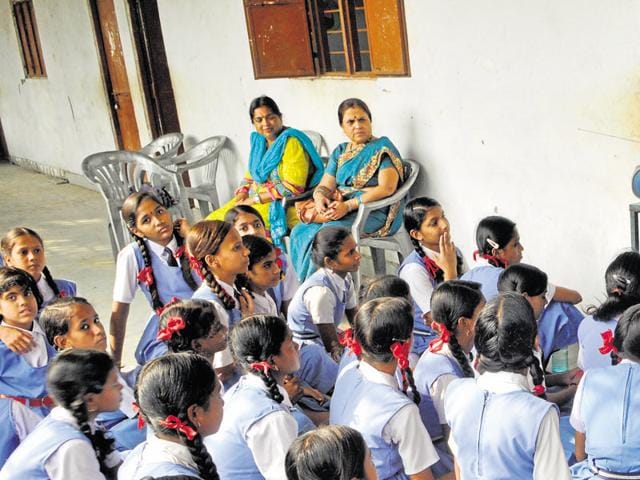Curious case of Morena’s sex ratio improvement
At a time the country is struggling with unfavourable child sex ratio, Morena district in the state has achieved extraordinary success in the area in just five years -- baffling government officials and activists alike.
At a time the country is struggling with unfavourable child sex ratio, Morena district in the state has achieved extraordinary success in the area in just five years -- baffling government officials and activists alike.

In National Family Health Survey (NFHS) 2015-16, the district – which had 1000:829 child sex ratio in the 2011 census — achieved extraordinary improvement of 1000:1092 in sex ratio at the time of birth.
Activists and officials of women and child development department are unable to understand this statistical jugglery. They are curious as to how the sex ratio improved so much within a period of five years.
Interestingly, no other districts in India could improve the ratio so much within such a short time.
In the 2011 census, Morena had the lowest female ratio in the state and was among 167 districts in India which were given a target to improve the sex ratio under ‘Beti Bachao, Beti Padhao’ scheme.
In Health Management Information System (HMIS) data of 2013-14, the district has sex ratio of 1000:902 at the time of birth, registering an improvement of 73 points.
“The government agencies played with the data to earn praises and accolades,” said KK Dixit, a Gwalior-based activist.
He said the mind-boggling figures of the sex ratio in Morena surfaced because of false reporting by the health department.
“The HMIS and NFHS reports will be proved wrong when the Census 2021 report is made public,” said Dixit, who has been fighting for implementation of the Pre-Conception and Pre-Natal Diagnostic Techniques (PCPNDT) Act in the state.
The PCPNDT Act came into force in 1994 to stop female foeticides and arrest declining sex ratio in India. It banned pre-natal sex determination.
“It is impossible to bring in so much change in the sex ratio within such a short time,” the activist said. Dixit said the data was not only creating problem for the grassroots workers, but also making a mockery of the law of nature.
According to WHO, the natural sex ratio at birth is often considered to be around 105. This means that at birth on average, there are 105 males for every 100 females.
Suresh Tomar, joint director of the women and child development department, said: “When HMIS survey report was published, we pointed it to higher officers that the figures were unrealistic. As we are working at ground level, we know the reality. The schemes are bringing change but figures cannot change overnight.”
Tomar said he raised the matter before union women and child development minister Maneka Gandhi in May. “I raised the matter because I am worried as to what will happen when we have results of the census in 2021.”
Principal secretary JN Kansotia, however, took a safe stand. “The matter has not come to me. But, it is impossible to have real data. Different teams undertake sample survey, so there is a possibility of difference,” he said. “It is not possible to have 1000: 1092 male-female ratio in Morena. I will check it,” Kansotia said.



